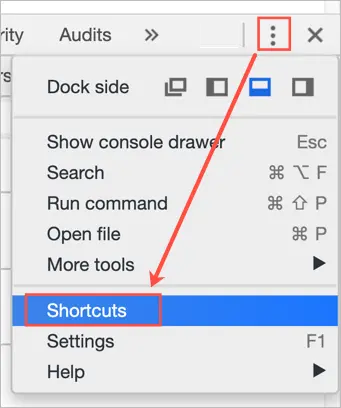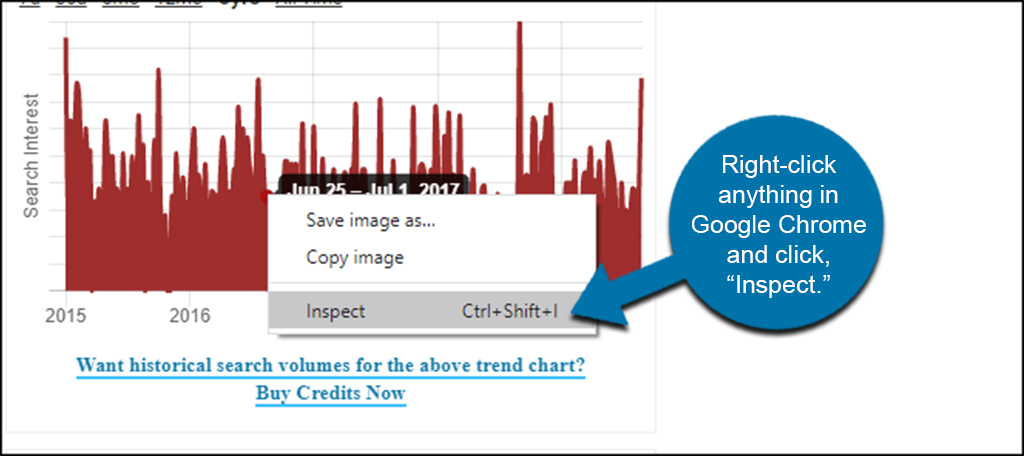

Writes the number of times that the line of code where count was called was executed. If not, it will write a message to the console and throw an exception. Opt + Scroll, Cmd + Cick and drag with two fingersĬonsole.assert(expression)
Clear console: Clear all console messagesĪlt + Scroll, Ctrl + Cick and drag with two fingers. Filter: Hide and unhide messages from script files. XMLHTTPRequest logging: Turn on to view the XHR log. Launch line number dialog when viewing a fileĮvaluate code selected in scripts in the console Search scripts, stylesheets and snippets by filenameįilter/navigate to a JavaScript function/CSS rule when viewing a file Heap profiler: shows memory distribution by your page's JavaScript objects and related DOM nodesįind or navigate to specific files, methods or line numbers in an web app within the Sources panel. CPU profiler: shows where execution time is spent in your page's JavaScript functions. Pause on uncaught exceptions (usually the one you want) Pause on All exceptions (including those caught within try/catch blocks) Toggle console and evaluate code selected in Sources panel Select the Timeline heading to change sort modes for the network.Įxport network data into HAR format Sources Panel ◊ Understanding the information displayed within each column 
:max_bytes(150000):strip_icc()/04_Inspect_Element_Internet_Explorer-756549-4bbad38d90374e288db153b0d747a451.jpg)
Go to line of property value declaration in sourceĮmulate an element's pseudo state ( :active, :hover, :focus, :visited) Go to line of style rule property declaration in source
Set breakpoints on the elements: (Subtree modifications, Attribute modification, Node removal). Force element psuedo states: ( :active, :hover, :focus, :visited). Toggle Console / close settings dialog when open Jump to panel 1-9 ( when enabled in General Settings) 
To open up the General Settings dialog type ? or F1 when the Developer Tools window is open. Inspect the Inspector ( undock first one and press) Open Developer Tools and bring focus to the console Open / switch from inspect element mode and browser window
Right-click on any page element and select Inspect Element. Open the Chrome menu at the top-right of your browser window, then select Tools > Developer Tools. There's a special shortcut that gets you there even faster: hitting Ctrl+ Shift+ C will open the DevTools and invoke the inspector tool.To access the DevTools, on any web page or app in Google Chrome you can use one of these options: In most cases though, you also want to inspect an element on a page. You can quickly open the DevTools by simply hitting the F12 key. The Chrome DevTools uses this protocol and the team maintains its API. Many existing projects currently use the protocol. The Chrome DevTools Protocol allows for tools to instrument, inspect, debug and profile Chromium, Chrome and other Blink-based browsers. For the Developer Tools option, select Never allow use of built-in developer tools. In the Google Admin console, go to Device management > Chrome Management > User Settings. Similarly, how do I remove DevTools from Chrome? To disable access to Chrome developer tools: Alternatively, you can use the Chrome menu in the browser window, select the option "More Tools," and then select "Developer Tools." To open the developer console window on Chrome, use the keyboard shortcut Ctrl Shift J (on Windows) or Ctrl Option J (on Mac). DevTools can help you edit pages on-the-fly and diagnose problems quickly, which ultimately helps you build better websites, faster. Chrome DevTools is a set of web developer tools built directly into the Google Chrome browser.




:max_bytes(150000):strip_icc()/04_Inspect_Element_Internet_Explorer-756549-4bbad38d90374e288db153b0d747a451.jpg)



 0 kommentar(er)
0 kommentar(er)
